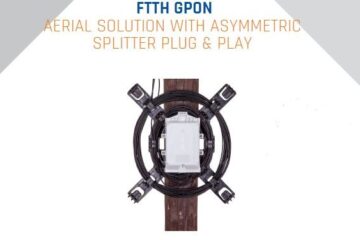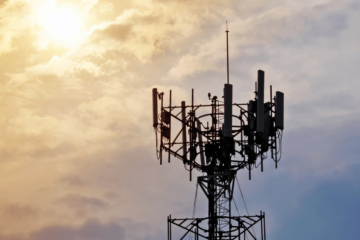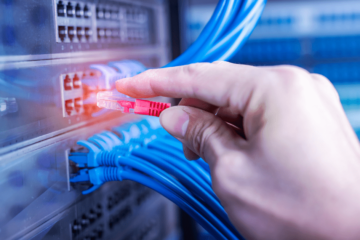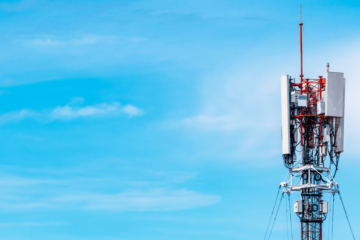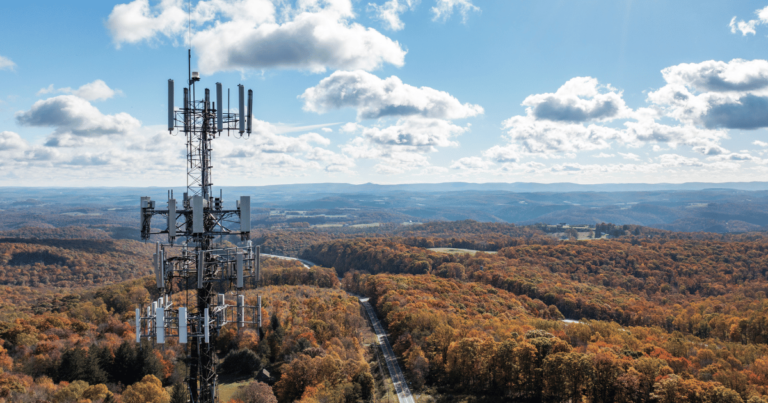
Aerial network installation plays a crucial role in telecommunications infrastructure, ensuring the efficient deployment and connectivity of networks. Telcos need to master the best practices in aerial network installation to enhance efficiency, reliability, and safety.
Understanding Aerial Network Installation
Aerial network installation involves the deployment of telecommunications cables, wires, and equipment above ground, typically using poles, towers, or other elevated structures. This method is commonly used in areas where underground installation is impractical or cost-prohibitive. Aerial networks are vital for providing connectivity in both urban and rural environments, spanning vast distances and connecting communities.
Best Practices for Aerial Network Installation
Some of the best practices that can be adopted to improve aerial network installation are:
1. Site Survey and Planning:
Before commencing any aerial network installation project, conduct a thorough site survey to assess environmental conditions, terrain, and existing infrastructure. Identify potential obstacles such as trees, buildings, and power lines that may affect installation. Develop a comprehensive installation plan that outlines equipment placement, cable routing, and safety measures.
2. Safety First:
Safety is paramount in aerial network installation. Ensure that installers are properly trained and equipped with the necessary personal protective equipment (PPE), including helmets, safety harnesses, and high-visibility clothing. Adhere to industry safety standards and guidelines to minimize the risk of accidents or injuries during installation.
3. Cable Management:
Proper cable management is essential for maintaining the integrity and longevity of aerial networks. Use appropriate cable supports, clamps, and brackets to secure cables to poles or towers, preventing sagging, chafing, or damage. Organize cables neatly to facilitate maintenance and troubleshooting in the future.
4. Weather Considerations:
Weather conditions can significantly impact aerial network installation projects. Monitor weather forecasts closely and schedule installation activities during favorable conditions whenever possible. Avoid working in extreme temperatures, high winds, or precipitation, as these conditions can pose safety hazards and affect installation quality.
5. Equipment Selection:
Selecting the right equipment and materials is critical for successful aerial network installation. Choose high-quality cables, connectors, and hardware that are designed for outdoor use and can withstand environmental factors such as UV exposure, temperature fluctuations, and moisture. Invest in durable, corrosion-resistant components to ensure long-term reliability.
6. Quality Assurance and Testing:
After completing installation, perform thorough quality assurance checks and testing to verify network performance and integrity. Use specialized tools and equipment to measure signal strength, attenuation, and other key parameters. Identify and address any issues or deficiencies promptly to ensure optimal network operation.
Mastering aerial network installation requires a combination of technical expertise, careful planning, and adherence to best practices. By following the guidelines outlined in this article, telcos enhance the efficiency, reliability, and safety of aerial network deployments. Continuous training, evaluation, and improvement are essential for staying abreast of evolving technologies and industry standards in aerial network installation.
Related articles: Effective Grounding and Bonding in Telecom Installations



